You want to start drumming but don’t know where to start or what equipment you need?
Don’t worry, we’ve all been there.
I made a gear guide for newbies that will help you out understand what are parts of a drum kit essential for a start, and what parts you can add a later on.
One drum set consists of many different parts and pieces and it is the most expandable instrument. What does that mean?
It means that you can always add a few cymbals, cowbells, electronic pad.
The world of drum gadgets is enormous, but as you get more into drums and drumming equipment, you will filter those things and use what fits you and your budget.
Let’s dive into it!
Contents

Chapter 1
Wooden parts: bass drum, toms, snare drum

Chapter 2
How to mic drums?

Chapter 3
Hardware contains pedals, throne, stands
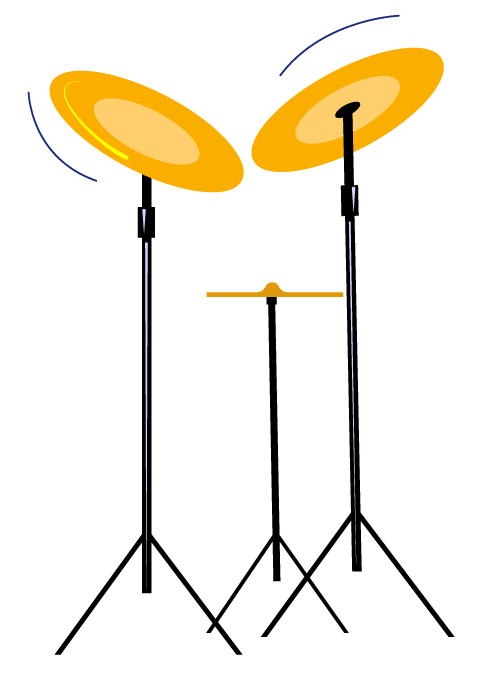
Chapter 4
Cymbals: ride, crash, hi hat, china, splash

Chapter 5
In ears, drum pads, percussion, sticks, heads

Chapter 6
Drum practice tips
Chapter 1 - Drum set parts
Wooden drum parts:
- Bass drums
- Snare drum
- Toms


Bass drum
Also called kick drum, is the biggest drum component in the set. The diameter varies from 20″ to 24″ usually.
Like all components it contains two heads from the front and from the backside.
A basic drum set will contain only one.
If you want to play hard rock or metal beats, you are going to need one more bass drum or a double bass drum pedal.
For the beginner, one kick drum and the one-foot pedal will be more than enough.
Snare drum
With a cheaper drum kit, you will get a snare drum; one of the most important drum components.
Snare drums have a completely different sound than the rest of the drum kit because of the snare wire on the bottom.
You can adjust it to get different sounds or simply experiment with different drum heads to get diverse sounds.
As a bass drum, some professional drummers use two snare drums, usually smaller, shallow, or tuned lower or higher.
It all begins with a snare, all rudiments are first played on the snare and then orchestrated to the whole drum kit.
Toms
In most cases, you will get 3 toms, but some jazz or rock drum kits contain only 2 toms, a high tom, and a floor tom.
Toms are mounted on a rack or a tom holder. They come in different sizes.
Smaller ones are called High toms or High and a Middle tom while the bigger one is called Floor tom or Rack tom.
Drum wood
All drum companies have a similar palette of drums. The best drums are made out of maple trees. Nowadays they add additional ply of some exotic tree.
If you have enough money, you can always touch base with a drum company and choose the wood for your drum kit.
Middle range series comes with an oak tree while low budget series come with birch or some combination.
You can find oak or maple wood in lower series, but nearly the same quality as for the top series.
There are no two exactly the same wood pieces; that’s why there are no two exactly the same drum kits.
Except for wooden drums there are ones made out of acryl.
Go to a store, try out a couple of models, listen, and finally buy what sounds the best to you.
Here you can find out more about drum set cost.
Chapter 2 - How to mic drums?
- How to mic bass drum?
- How to mic snare drum?
- How to mic toms?

How you mic the bass drum?
Rock drummers like to drill the hole in the front head of the bass drum and put a mic in that hole.
Here is the cool article I found about bass drum holes.
Jazz drummers don’t drill holes in order to get a softer sound.
The deeper mic goes inside you loose lower frequencies and gets more attack from a rear head.
In the studio conditions two mics can be used on a bass drum: one inside and one on the hole.
Metal drummers often use drum triggers for getting the signal and completely changing the sound and dynamic of the bass drum.
How to mic a snare drum?
On a regular gig snare is often mic with just one mic placed on the top head.
The most often used is Shure SM57. With this mic that costs under $150 you get a clear sound with no added frequencies.
Many singers use this mic in the studio because he delivers sound just what it is while many mics will change the actual sound a little bit.
For studio sessions or gigs on a higher level they will mic the snare with two mics.
One mic at the top and one on the bottom. With this technique they get more control while mixing the snare drum.
How to mic toms?
Tom mics are the most diverse, almost every drummer uses a different kind.
Toms are also mic like a snare drum with to mics.
One on the top one on the bottom head but in most cases for a regular gig they mic only top head.
Chapter 3 - Hardware parts of a drum set
- The purpose of drum hardware
- Snare drum stand
- Bass drum pedal
- What is a double pedal for
- Hi hat cymbals stand
- Regular cymbals stand
- Drum throne

Drum equipment, in general, come in many sizes and shapes. The same thing goes for the hardware.
The basic hardware structure is made out of:
- snare drum stand,
- drum pedal (single)
- hi-hat stand
- two cymbal stands
- drum throne
What is the purpose of drum hardware?
Components like toms, cymbals, or percussion need to seat somewhere on the drum set.
That’s where hardware comes into play. The main purpose is to hold the components and make sure they are safe and not moving.
With a price increase hardware becomes more massive and with more adjustment options.
Snare drum stand
It’s made of aluminum, and, its purpose is to hold a snare drum. You can adjust with knobs are the height and the angle.
Bass Drum pedal
Nowadays, we have several different foot pedals.
Here is a little comparison.
On the left, we have new models. The main goal is to improve transmission and a feel. Trought the history foot pedal evolve.
The first type was a single chain pedal. On the right, you can see a second type that has a double chain. On the left, you can see the new generation foot pedals.
They don’t have a chain, but the transmission is direct what makes foot pedal do be more accurate.
This system is called direct drive.
Also, as you probably realize the apparent difference between single and double pedals.
What is a double pedal for?
In the old days, the rock and metal drummers had two bass drums. The double pedal allows you to play the same way with only one difference.
A big disclaimer here is that two separate pedals with two bass drums are always a better solution when it comes to feel.
With double pedal, the one does not hit directly so usually the feel on the left and right pedals is a little bit different.
Hi-hat cymbal stand
It’s there to hold a hi-hat cymbal. You can adjust the height. Also you can set the amount of space between the top and bottom hat.
The more solid stand is and the more small adjustments it has, the more expensive it is.
Also here we have a couple of types, let me show you the two hybrid ones.


As you can see, they can be folded, moved around, and all of that.
Generally, in the music world, the more adjustment features you have the object is more expensive.
Regular Cymbal stand
This one is straightforward with few variations but all very similar. It is made with a purpose to hold crash cymbals, ride cymbals, or any other type of cymbal.
Like on all stands, height and angle are adjustable.
Drum throne
The main variation is whether the throne has a backrest or not.
Also, the same rule applies here, with stability and comfort increase price increases even.
The main hybrid variation of the drum throne has a speaker inside the seat.
This is not just a drum throne but the whole system by Porter & Davis.
Check out the video of hardware makeover just to get a few ideas of drum hardware possibilities.
Chapter 4 - Cymbal types and sizes
Besides drums (wood), cymbals are the most expensive part of drum equipment and the most important one.
Let me tell you a bit more about the basic types of cymbals you need for a start, what their purpose is, and how they sound.
In this chapter I will talk about
- Cymbal types
- Sound

The three basic cymbals you are going to get with a cymbal set are:
- Ride cymbal – the biggest one, usually 20″ or 22″
- Crash cymbal – middle size, it goes from 14″ to 20″
- Hi-hat cymbals – two cymbals combined, often either 13″ or 14″.
- Splash cymbal – the smallest cymbals, it goes from 6″ to 12″
There are different sorts of effect cymbals like China, cymbals with holes aka O-zone cymbals, and many more. You can also find two cymbals combined together as a Stack.
Sound
The larger the cymbal, the louder the sound, it is as simple as that. Ride cymbal and hi-hat are rhythm cymbals, and the others are used to accent some notes or parts of the song.
Nowadays we have a lot of cymbals sounds, so it is tough to classify them.
Most drummers have expressions for a cymbals sound like:
- Bright – high pitch
- Dry – lower, not so clear
- Dark – low pitch
From my personal experience, I can tell you that if you don’t have a proper technique, the cymbals will crack more often, but I notice a difference between cymbal brands also.
For instance, with Paiste cymbal company, you will be able to find pretty good middle-range cymbals, with great sound and a reasonable price.
On the other Paiste and Meinl cymbals are more brittle that Zildjian or Sabian cymbals.
However, Zildjian and Sabian middle-range doesn’t exist or at least for the Paiste price.
My recommendation for you is to start with the cheapest cymbals for in order not the crack the $500 cymbal in the first couple of months.
Later, when you decide to level up.
- For the middle-range, my recommendation is to go with Paste PST 8 or PST 7 series.
- For top-level Zildjian A custom and K custom or Sabian HHX, AAX or Vault Series.
For more information on the cymbals check out our articles:
The purpose of the cymbal also depends on the music genre. Some cymbals are great for metal but not for jazz.
Besides stack which is two cymbals combined there are cymbals who can be used as ride cymbals and crash cymbals at the same time, they are called a crash ride.
Go easy on your cymbals, they are too expensive and sometimes to easy to break.
In order to get a more sound out of the cymbal it is necessary to be relaxed and to hit accurate not to hit hard.
Work on your technique and try saving your cymbals.
Chapter 5 - Additional gear for drum kit
- Drum heads
- Drum sticks
- Microphones
- Electronic drum pad
- Percussion instruments
- In ear/headphones
- Gadgets

Drum Heads
They come in all sorts of sizes and types, but the basic ones are:
- 1 and 2 ply heads
- Clear or coated
These are the basic types, but nowadays you can find colored ones, black muffled heads, etc.
They can make a substantial difference in drum sound. There are some drum heads who work with almost all music genres.
Also there are some made only for specific music genres so pay close attention to this.
Snare drum:
If bottom drum head is thinner you will get higher pitched and more clear sound, kinda cracky.
The top head can also make a substantial difference in sound.
Heads can completely change the sound of the drum that’s why you need to pay attention.
Drum heads made for jazz can ruin recording of your rock gig and vise versa.
Bass drum:
For the front drum head many drummers use the one that comes with a drum set.
In some cases these drum heads are good but usually it would be good to change it with a better one.
As far as the rear drum head goes, there are a variety of choices.
Usually the one-ply drum heads are softer and are used for Latin and jazz while the 2 ply drum heads are used for pop, rock, and metal.
As a drum beginner I would go with the 2 ply drum head. You need something that will last longer while you are in the learning process.
In this video, you can get a closer picture of the difference between these basic drum head types.
Drum Sticks
Here you definitely want to pay attention to your choice because, it will matter in the future.
Whichever drum stick you choose, there is a huge possibility you will change them in the future.
Experimenting with sticks is very common among drummers; it will, however, be tough to switch when you get used to one pair.
Every drumstick has a printed mark which signifies the length of the stick and the thickness. Industry standards are 7a,5a,5b,3a…
The higher the number, the thinner the stick. Also, you can have sticks with plastic tips, different sizes, shapes, colors, etc.
Here is an example of three totally different stick types.
The top model is used for unplugged gigs it has a purpose to change the attack and to get a different sound out of the drum.
The middle one is the most commonly used in jazz but also for ballads. On the bottom, we have the basic type of drum stick

Full beginner drumstick guide here.
I already mention that you can expand a drum set with many different drums set parts.
I wanted to give you a few ideas and inspire you with all these creative possibilities.
Microphones
The first thing you are going to need for a live gig or to record the sound is the drum mics. The basic set consists of two overheads used to mic the cymbals from the top.
Three tom mics that you will mount directly on toms. Bass drum mic with whom you will need a stand. The mic that usually doesn’t come with a set is a snare drum mic. It can be mounted directly or with used with a stand.
My recommendation here is to go with Shure mics for overheads and a legendary Shure SM57 snare drum mic, Audix D6 for a bass drum, and for the toms and floor toms Audix D series or Seinheiser E604.
It is hard to find a professional drummer who doesn’t have at least a few of these mics on his drum set.
These mics can be used for the studio as well, but in the studio, you can find a lot of more expensive mics, that’s why I am suggesting these.
Electronic drum pads

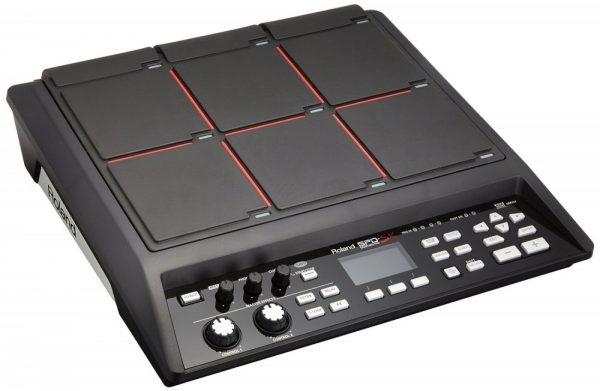
Possibilities are endless, but the few most common is to trigger your drums with drum triggers instead of mic them with drum mics.
With electronics drummers opened a whole world of possibilities.
How do drum triggers work?
They pick a signal from your playing and convert the sound of the drum into whatever sound you assigned them on your computer.
With drum triggers, drummers use and external sound card in order not to get any latency (late audio).
Electronic drum pads VS Electronic drum sampler
You can add some of these electronic pads to your drum set; the main difference is in their purpose.
Electronic drum pads such as Roland Octapad SPD-30 have a large sound base, but you can’t add any new sounds.
Electronic drum samplers such as Roland SPD-SX or Alesis Strike Multi Pad usually come empty or with a few presets.
They allow more creativity. You can add your own samples, loops, play the metronome to yourself, etc.
Both devices could be used with external bass drum kick or some other external electronic.
These are all electronic pads you can add to your drum set but there is a whole drum kit base on electronic sounds and it’s called electronic drums.
They were popular in the 90′ and are still popular for home practice or as a second kit for large concerts but are not used that often.
Roland and Yamaha dominate the market of electronic drums.
Drummers and producers prefer acoustic drums but for practicing purpose where a lot of drummers can’t have the acoustic drums in the apartment, electronic drums are a perfect alternatives.
They offer a wide range of sounds for you to experiment and don’t make a lot of noise so they are perfect for home playing.
Percussion instruments
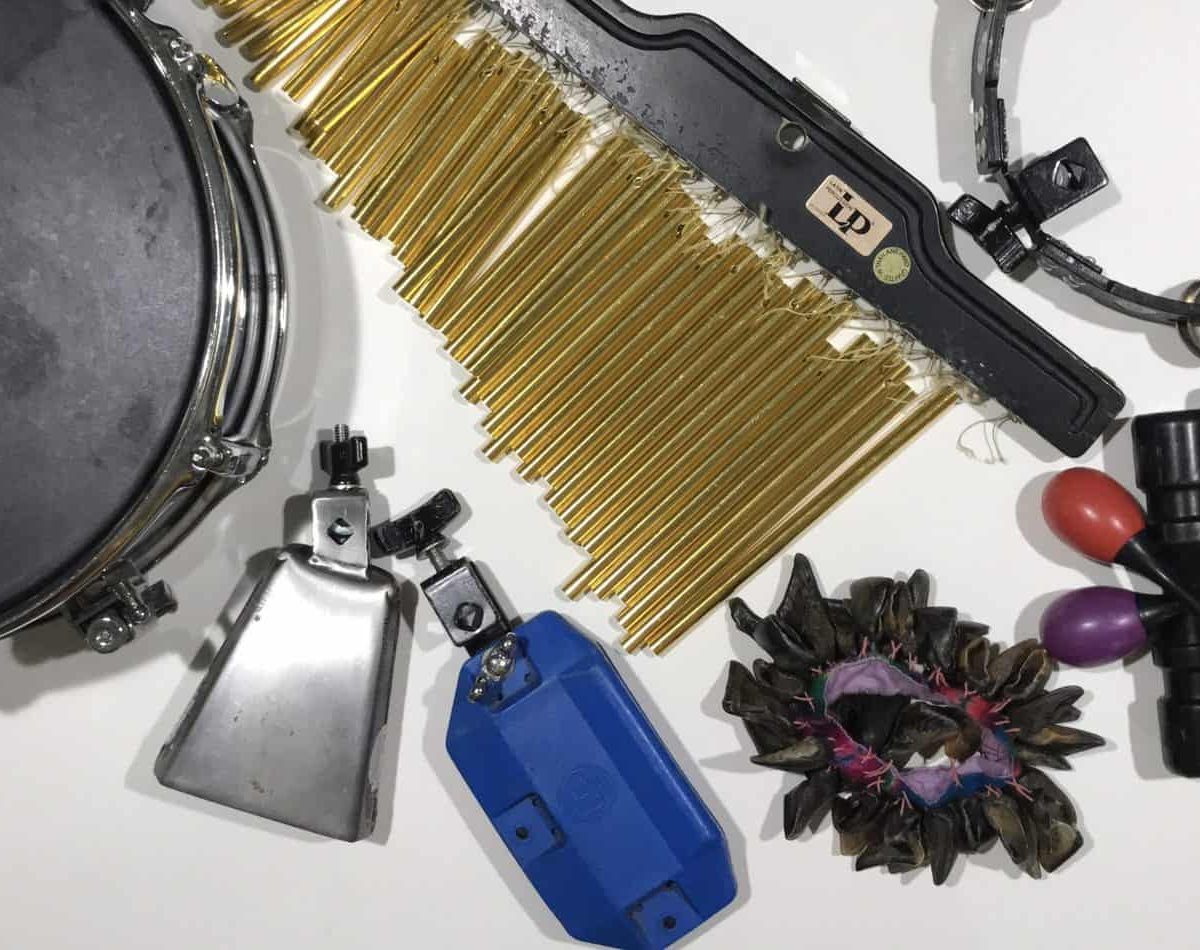
Drummers often tend to add all sorts of percussion instruments to their drum set. The most common ones are
- cowbell
- tambourine
- timbales
- rototoms
- chimes
Many bends didn’t have a percussionist so drummers added a percussion to their drum set in order to mimic his playing.
They are the most present in Latin, Indian and afro music but also many famous pop/rock songs have percussion incorporated like “Nightrain” by Guns n Roses or “Honky tonk woman” by Rolling Stones.
Having the percussion on a drum set is a common thing nowadays since the many ideas are being exploited for years drummers constantly look for new sounds.
In-ear monitors/headphones
For the on-stage monitoring, you have few options.
The first one is to use a speaker like in the good old days — the second option is to go with headphones or in-ear monitors also called IEMS.
Before you go out and purchase a product, find out why do drummers wear headphones.
My vote goes to in-ear monitors and here is why:
- They provide the highest level of sound isolation
- Reasonable price
- Best hearing protection
- Go with Shure; they are well made
If you decide to go with regular headphones, check out our post on Best isolation headphones for drummers.
Gadgets
The market is full of drum gadgets invented to make your life more comfortable.
Here is a short list:
- Vibrating metronomes
- Tension watches
- Drum tuners
- Drum keys
- Drum recorders
The common fact is that drummers didn’t use these gadgets in the past because they didn’t exist.
So of course it’s possible to be fully functional without them. However, they are here to make things easier or more interesting.
Things like drum tuners are very useful when you don’t have time to tune your drums.
Drum recorders are small and portable and can help you develop by constantly recording and listening to your playing.
This is necessary to do in order to be objective on yourself.
The most tedious drum kit parts of the equipment are bags and cables for sure, but unfortunately, you will need them also, and you will change them a lot.
Chapter 6 - Few tips on drum practice
- Rudiments
- Mastering the time
- Technique
- Flow
- Sound
- Metric
- Creativity
- Genre playing
- Reading

For learning drum basics the drum pad is more than enough. YouTube and other platforms are flooded with material for practice.
My advice however is to get a drum teacher and here is why.
The Internet contains too much information, as a beginner, it is hard to filter those pieces of information and find the most relevant for beginners.
Also, if you are learning drums on the internet there is a huge possibility to skip basics steps, and instead of learning how to hold drum sticks go straight away to learning chops.
Here is the list of 10 things you will develop ever time and it is essential for becoming a great drummer.
- Rudiments Everything played on the drums is made out of single and double stroke but with different sticking. You need to get into basic rudiments like singles doubles and paradiddles but after that you need to get more into triplets, quintuplets, septuplets, and so on. The hardest part is switching between everything while keeping the flow. Start slowly and pay attention to accuracy and how clean is your drum playing.
- Mastering the time – The basic measure is 4/4 but there are many more like 7/8, 6/8, 9/8, 5/4, and crazier like 18/16, 15/8, and so on. The ultimate goal is to master the time in that manner that all these different time signatures come naturally to you. There is a whole system on how to get to that point.
- Technique – You will find out that there are many different ways of how to hold a drum stick like french, german, traditional grip, and many different drum techniques like Moeller, push-pull for hands or slide and swivel for feet. Besides those there are many more all developed with an idea to work less and get more behind the drum kit. With developing a good technique you will achieve speed and endurance and develop right and left hand equally.
- Flow – This may be one of the most important things to develop on drums and it comes with time. Drummers with a good flow can move things around will keeping the flow. For instance, the drummer can play some chops or make some breaks while people dance to it, and nobody feels that change. That kinda flow is desirable while the flow where you stop for a drummer does a lick and then continue is not desirable.
- Sound – It all begins and ends with a sound. Drummers who have recognizable sound can emerge from the crowd and be recognized by the community. You heard about Charlie Watts, the drummer for Rolling Stones. He is not a drum master but has very recognizable sound and plays in a very particular way so you always know it’s him. In the musicians community that at the top of the pyramid.
- Dynamic – What really distinct pro drummer for the amateur is dynamic. By that I mean the way you should be playing the verse vs chorus but also the way you shout play ghost notes (quiet notes). The difference between accented and unaccented notes should be huge. If your playing is constantly the same and dynamic doesn’t change it will become boring after a time. The good dynamic can make a substantial difference in groove and chops.
- Metric – The distance between strokes. Strokes need to be accurate and articulated like the robot has played them but with a human touch. Bad metric will cause some strokes to move and the whole groove to be shaky and not solid.
- Creativity – This is where your talent comes into play. You should try to develop your own sound and feel or even some chops that people can relate to you. You should experiment with grooves and sound and just have fun on drums.
- Genre playing – You should play metal like you are a metal drummer and the jazz like you are a jazz drummer. There are few drummers out there who can do that but most of us can play just a few genres. For instance anybody can learn to play jazz from just reading a drum book but to get the feel and that particular sound you need to listen to jazz music and jazz drummers a mimic them. Pay attention to the drum component that dominates. In jazz that is the ride cymbal while in rock those are the bass and the snare drum.
- Reading – You don’t need to go far and be able to play the full page while sightreading. I strongly suggest for you to learn drum notes and read a few drum books because what you see online is just one chop or rhythm variation while in books you have the whole system. For the advanced stuff, you see online basics are in the books. In simple words the drum videos on the internet are just the tip of the iceberg.
Wrap up!
Drums and drumming gear is not cheap so start slow, commit yourself to learn.
It is more likely to buy a professional set of drums than to become a professional drummer. So, arm yourself with patients, this is a lifetime process of learning.
Explore your musicality and use the equipment as you extend a hand to express yourself, don’t try to compensate your playing with equipment.
Be dedicated and open to learning new things and always start from basics.
Practice slow, listen to all sorts of music and drummers and try going through some drum books and develop system not chops.
Find drum teachers of the drummer you like and try going through the same process he went to become what he is today.
I hope you enjoyed the parts of a drum set article and that you find it useful. If you want to get more into pricing check my drum set cost post.
My name is Denis. I am a drummer, percussionist, music enthusiast, and blogger. Drums have been my passion for 15 years now. My idea is to write about the things I like and I am interested in. I want to share my drum passion with fellow musicians who walk, talk, and breathe drums.

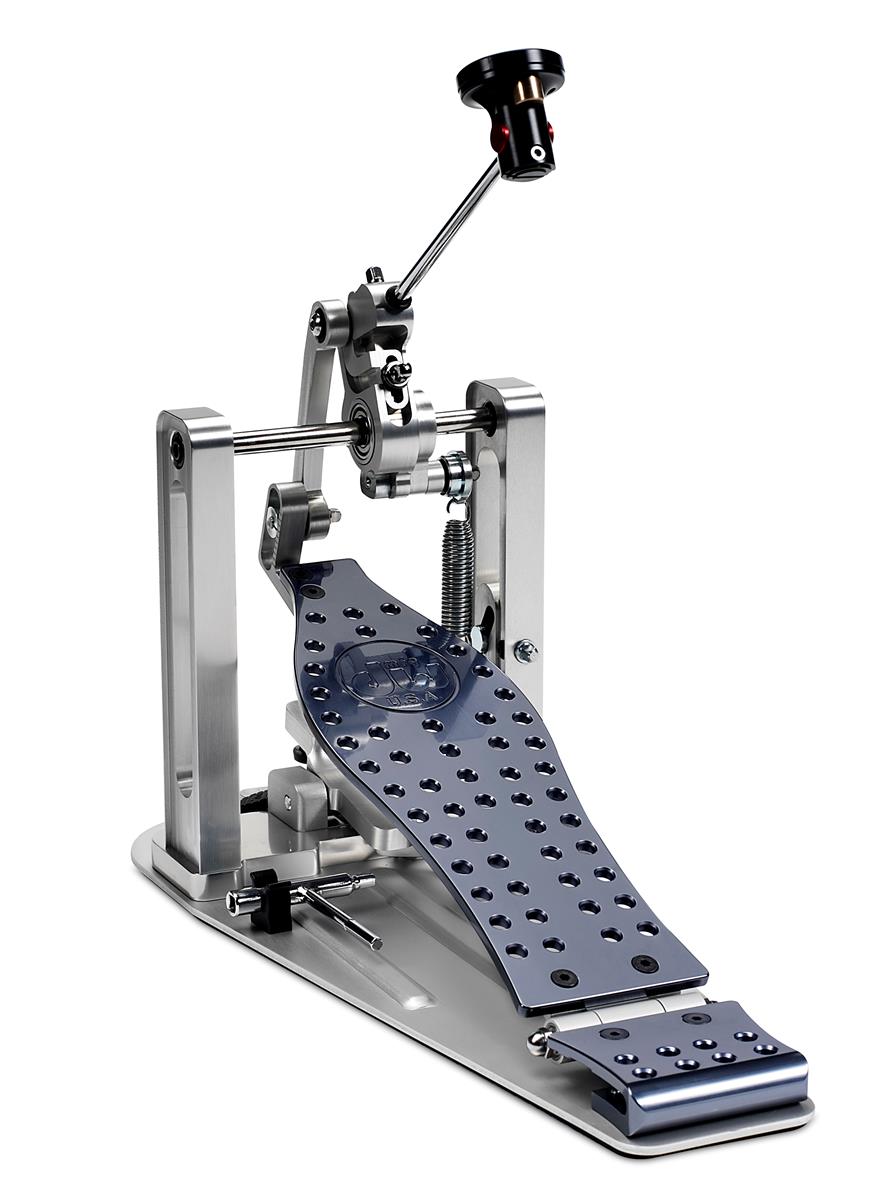


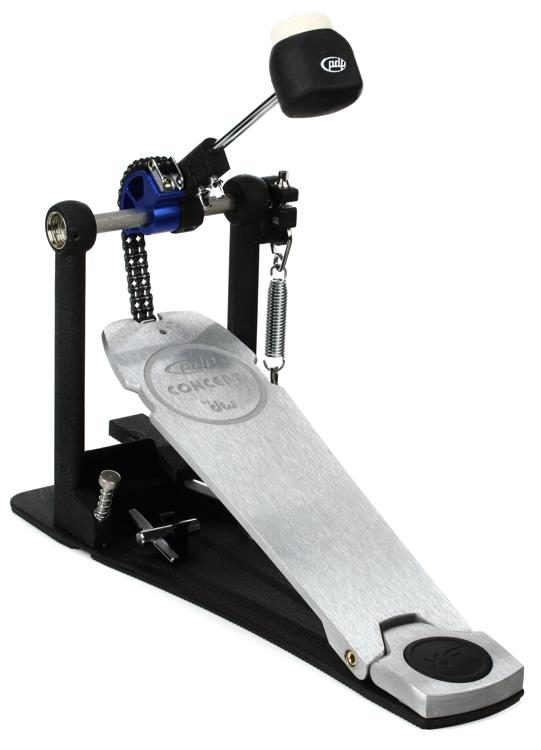


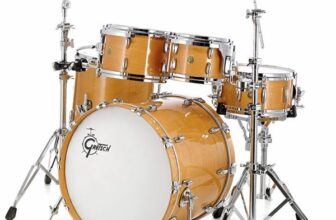


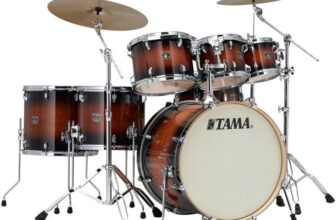
Thank a lot
My younger nephew wants to learn how to play the drums, so her mom is interested in buying a set for her. I liked how you described each drum set part and its features, so I think this guide will be helpful for my nephew’s musical project. I’ll share your article about cymbals types with my sister right now before she buys an unprofessional set next week.
Hi Eli, thanks for sharing the world; check out also this article concerning the price of a drum set http://drumthat.com/cost-of-a-drum-set/. Cheers